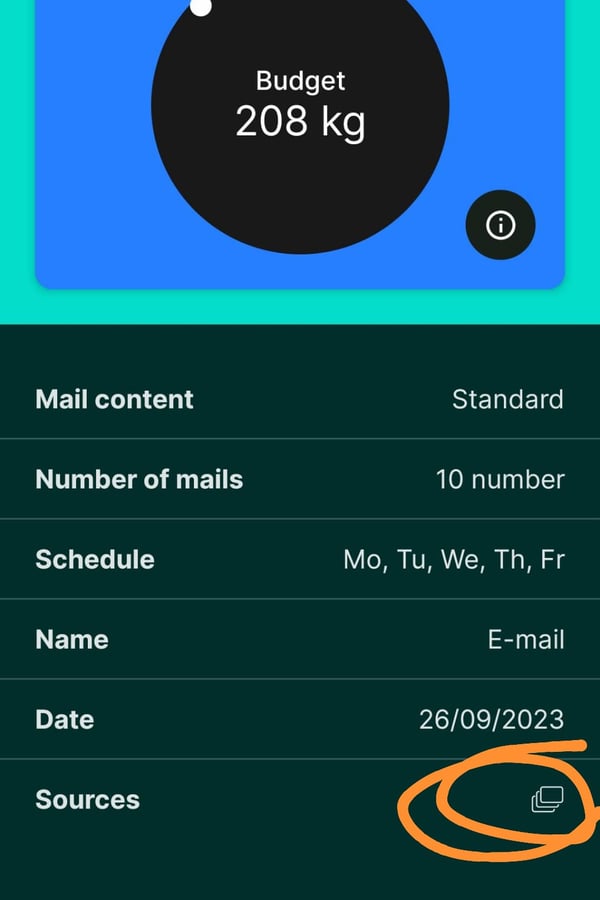Digital devices are unique in that they constantly transmit data over the internet. Unlike conventional devices like toasters or incandescent bulbs, the use of digital technology creates an ecological footprint that doesn't manifest within our four walls but rather in the digital realm. The costs for this energy consumption don't appear on our electricity bills; they are covered by the base fees of our internet service providers or streaming platforms, as well as through the sale of data and advertising.
The relationship between energy consumption in data networks and the transmitted data volume is highly complex, primarily due to the constant fluctuations in data volume and the necessity for networks to be prepared for peak data demands. Nevertheless, this relationship can be estimated as follows:
Energy consumption = Duration of transmission * Time factor + Transmitted data volume * Quantity factor
Essentially, calculating the emissions underlying our internet usage is an enormous challenge. The infrastructure used is vast, international, and complex. The available data is often plagued by significant uncertainties, mainly due to the rapid evolution of technology and changing consumption habits, which are heavily dependent on specific contextual factors. Nonetheless, there are now numerous datasets that allow for assumptions and calculations to provide at least some insights into the CO₂e balance.
Our figures are primarily based on the research of official statistics and reports. You can find the sources in the corresponding CO₂e calculator after saving your inputs.
If there is more information needed on the calculations behind the specific CO₂e source, you'll find an additional article in that discover area as well.



